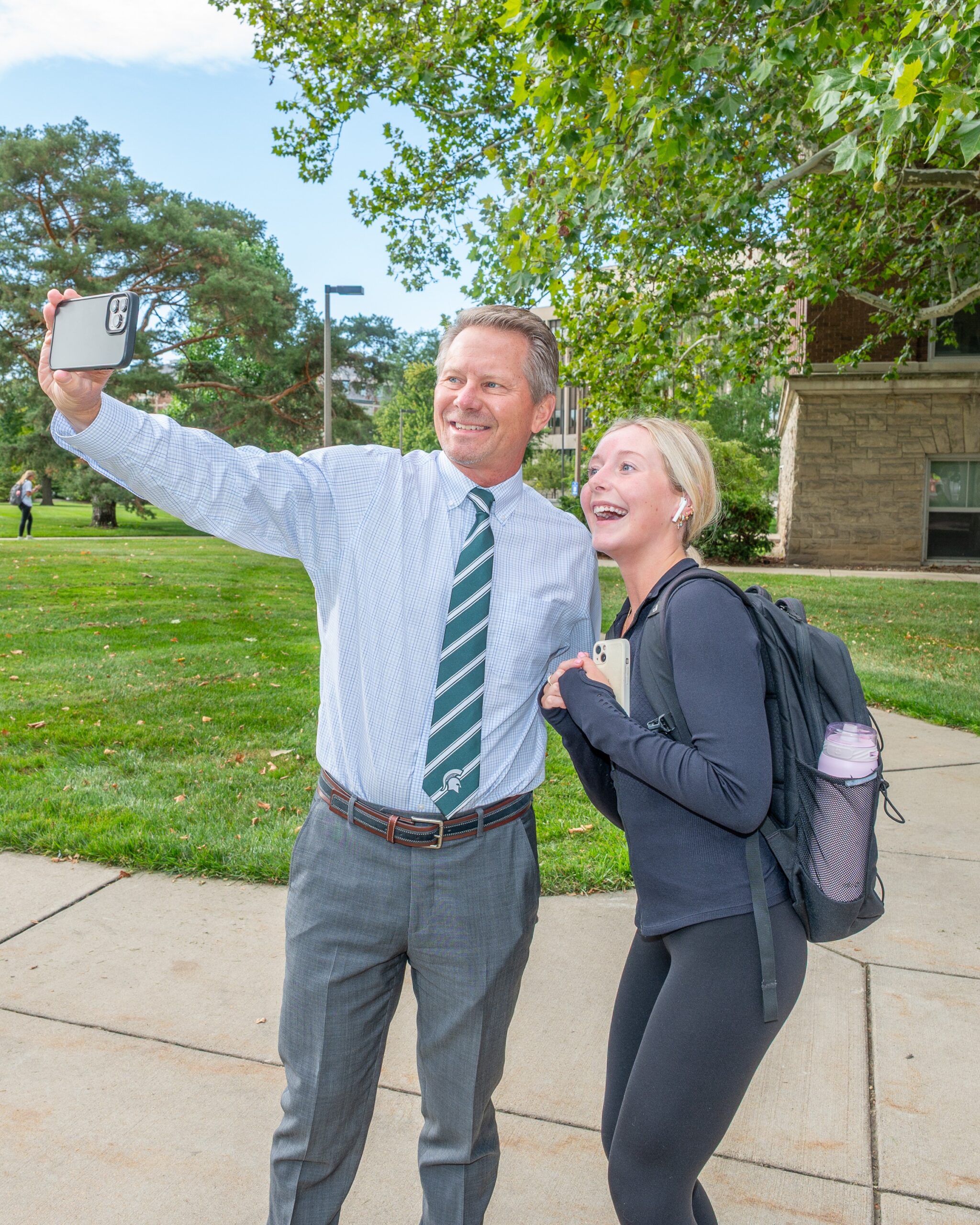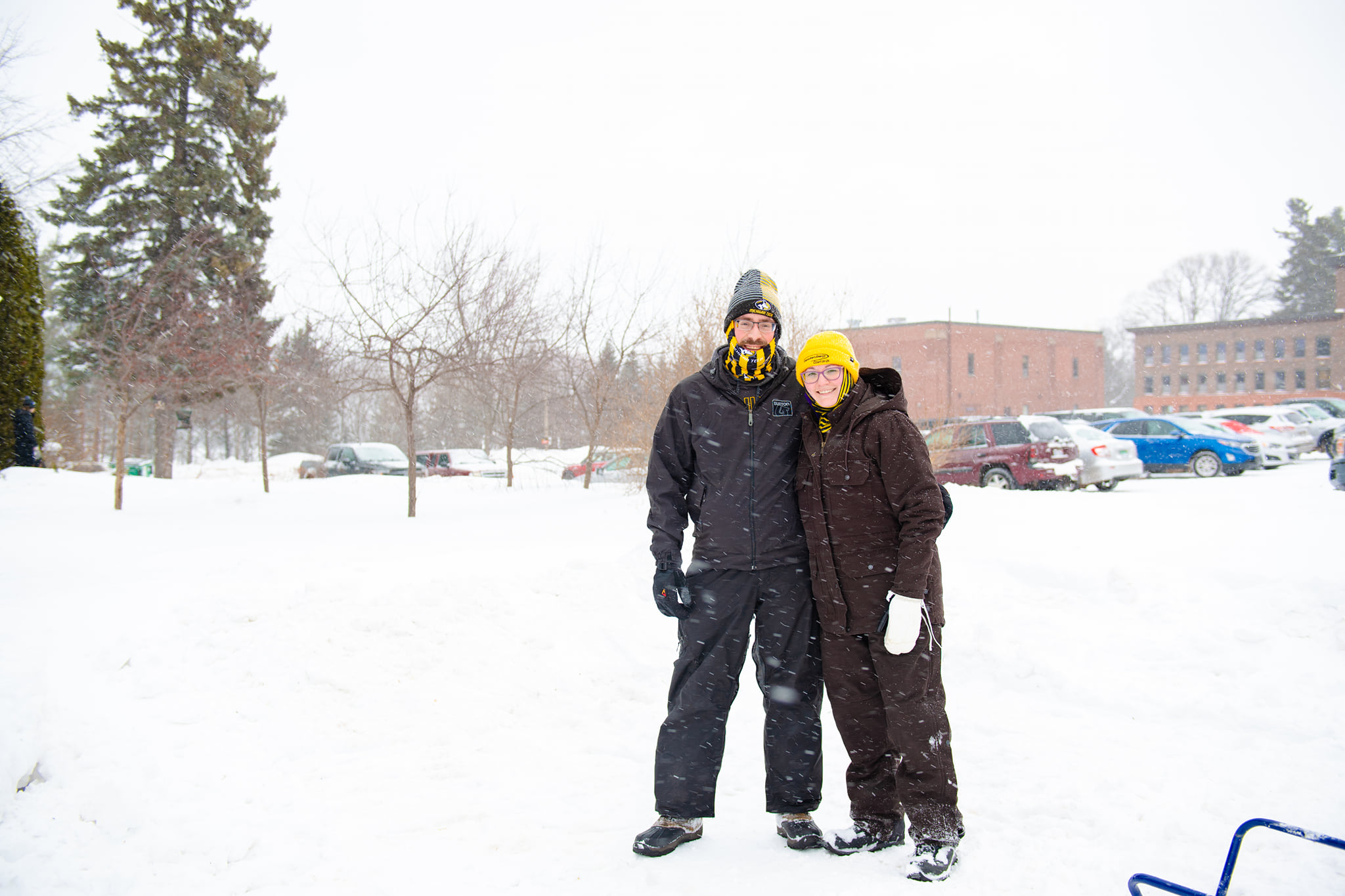Michigan Central | Water 330 | 2021 Michigan Plumbing Code
Protect the water quality of your water well
One of the first activities upon waking is interacting with water. Approximately 25% of households in the state of Michigan rely on private well water as their primary drinking water source. This figure comes from the Michigan Department of Environment, Great Lakes, and Energy (EGLE), which estimates nearly 1.12 million households use private wells out of a total of roughly 4.1–4.6 million households statewide (based on U.S. Census data and population estimates of about 10 million residents, with an average household size of 2.5).
Other sources, such as Michigan State University Extension and the Michigan Water Stewardship Program, report slightly higher figures of 44–45% for overall groundwater reliance (including public systems drawing from aquifers), but the specific share for private household wells aligns with the 25% estimate from EGLE. Rural and southeastern areas of the state have the highest concentrations.
Sunday Brunch Menu | 10:30 – 1:30 AM Heritage Room
Michigan State was recently named a “dream school” in the nation, a university that’s not focused on prestige, but on value, access and outcomes. pic.twitter.com/ZMnO5szPMd
— MSU (@michiganstateu) November 7, 2025
Most non-Midwesterners have no idea how violent and deadly the Great Lakes get 🙏🙏 pic.twitter.com/25coVuUjaM
— G-PA INDY (@GPAIndiana) November 8, 2025































